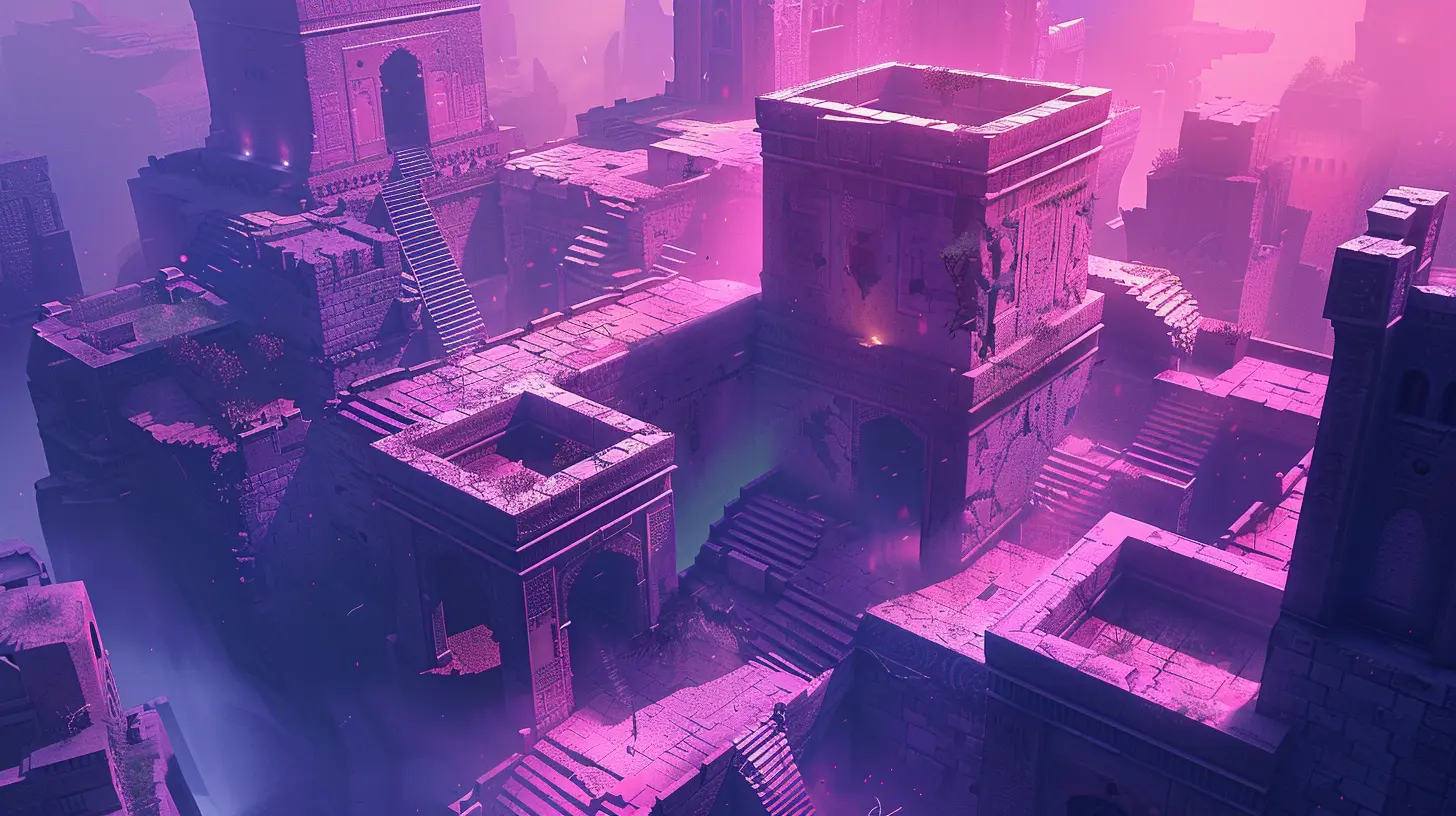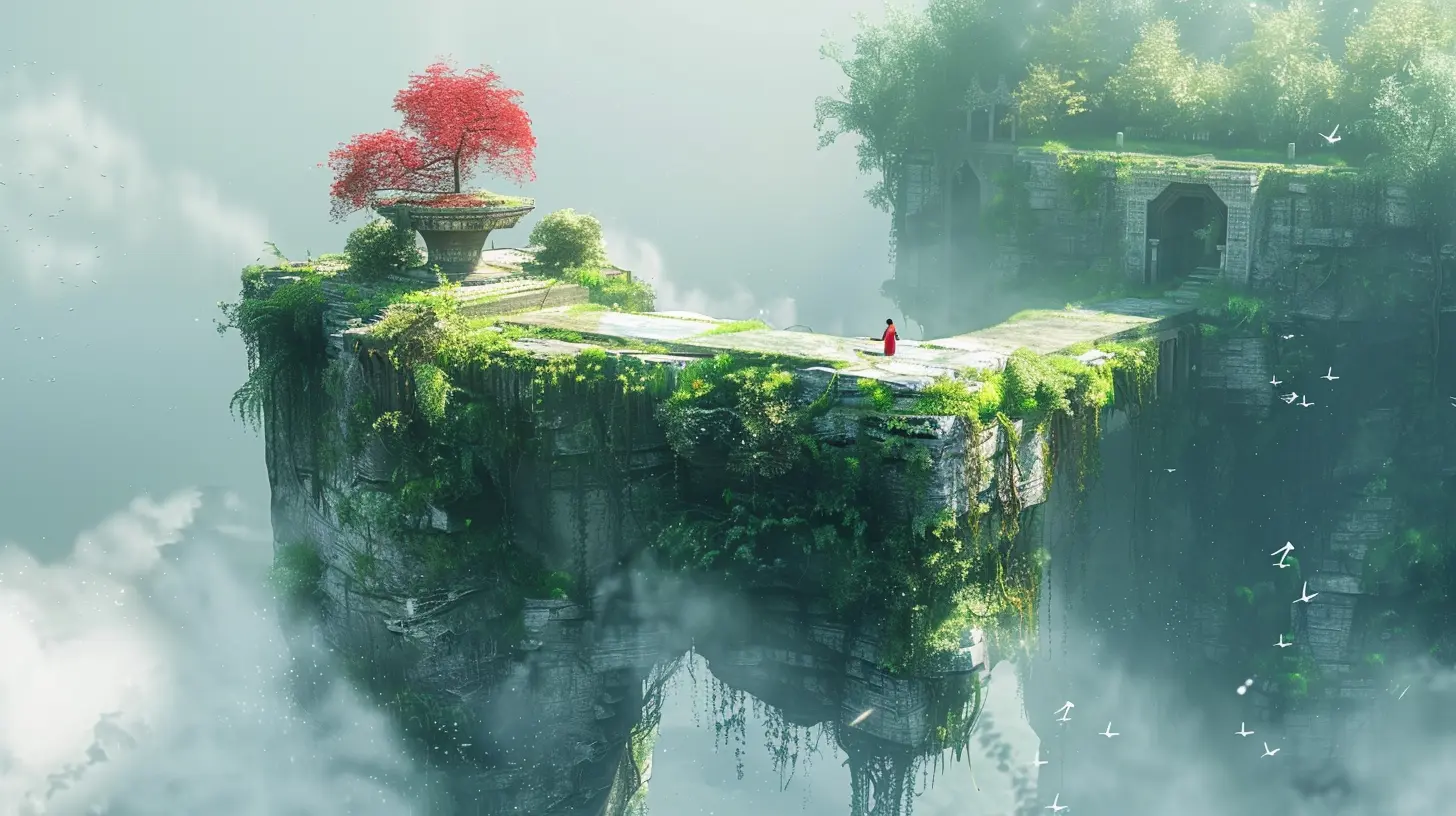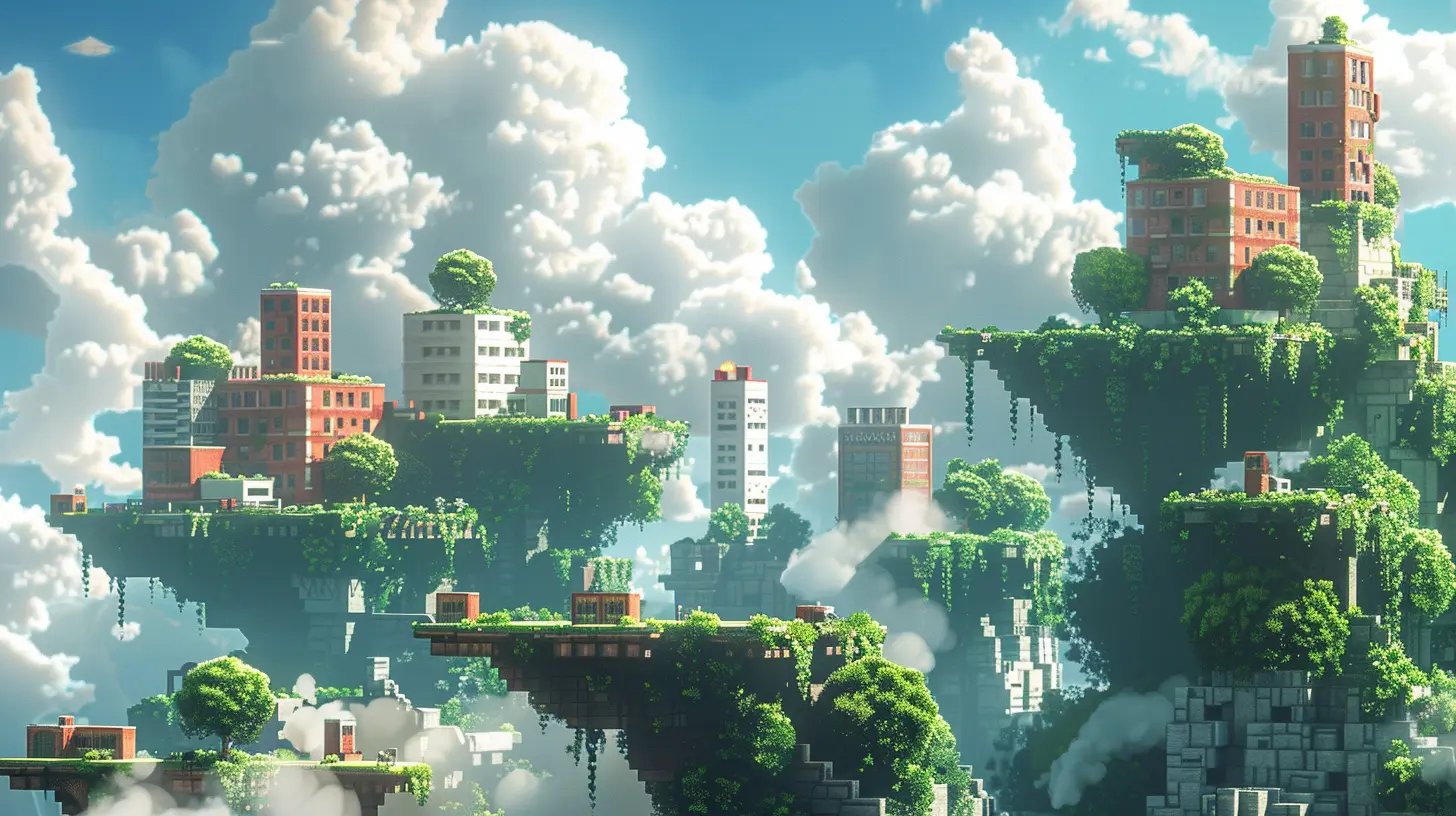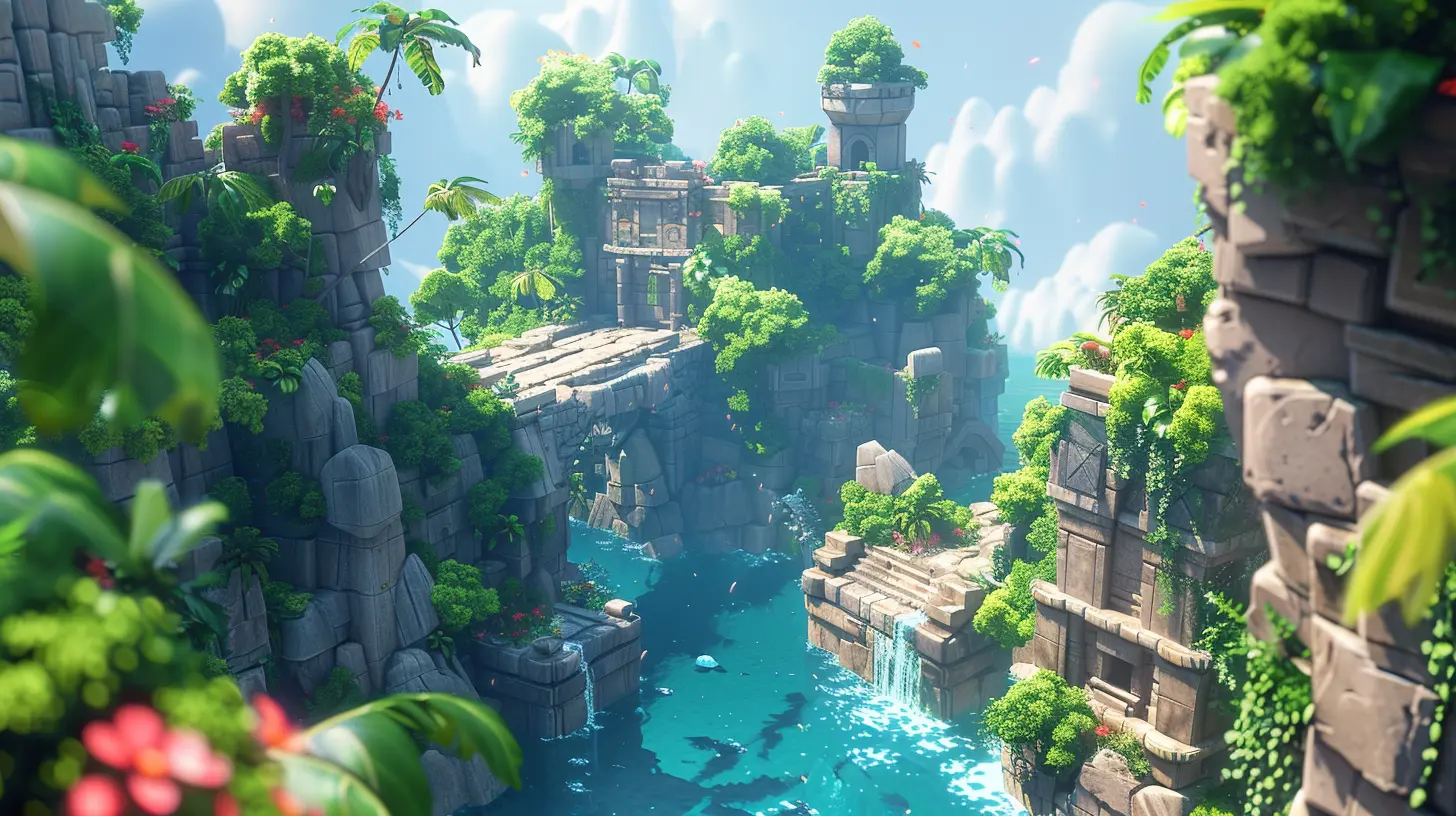Mastering the Art of Level Design in Platform Games
20 July 2025
When it comes to platform games, level design is the beating heart that keeps players engaged, challenged, and coming back for more. Think about some of your favorite platformers. Whether it’s the pixel-perfect jumps in Celeste or the sprawling, vibrant worlds of Super Mario Odyssey, all of these games have one thing in common: exceptional level design.
Designing levels for a platformer isn’t just about slapping some platforms and obstacles together. Nope, it’s way more intricate than that. It’s about crafting an experience that feels smooth, fair, and rewarding. It’s about giving players that rush of adrenaline while still keeping them on their toes.
So, how do you master the art of level design in platform games? How do you create levels that are memorable, engaging, and – let’s not forget – fun? Well, pull up a chair, grab your favorite snack, and let’s break it down together.

Why Level Design Matters in Platform Games
Let’s start with the obvious: why is level design such a big deal? Imagine playing a game where every level feels the same. No pacing. No surprises. Just a bland series of jumps and enemies. Boring, right?Levels are the backbone of platformers. They’re where the gameplay actually happens. A well-designed level guides the player naturally, balances difficulty, and ensures a feeling of progression. On the flip side, a poorly designed level can leave players frustrated, confused, or – worst of all – bored.
Great level design keeps players hooked. It’s like a well-written story – there’s a beginning, middle, and end, with surprises and twists along the way.
Immersion and Challenge
Platformers thrive on two things: immersion and challenge. You want your players to feel like they’re part of the world you’ve created. At the same time, you need to challenge them, but not in a way that feels impossible. It’s a fine line – too easy, and it’s dull; too hard, and it gets frustrating.The magic lies in finding that sweet spot. A good level isn’t just a physical path for players to traverse. It’s an emotional journey, too. It sparks curiosity, rewards exploration, and dangles the promise of a new discovery just around the corner.
1. Understanding the Core Mechanics
Before you even sketch out a level, you need to know your game’s core. What makes it tick? Is it all about precise jumps? Combat? Environmental puzzles? The mechanics should dictate your level design.Think Like a Player
Put yourself in the player’s shoes. If your game revolves around wall-jumping, your levels should highlight that mechanic. Maybe there’s a narrow canyon that can only be scaled with perfectly timed wall jumps. If speed and flow are central, create wide-open spaces where players can dash and maneuver without interruption.Your mechanics are the tools in your toolbox. Use them wisely and consistently. There’s nothing worse than introducing a mechanic and then barely using it again.
2. The Importance of Pacing
Pacing is the unsung hero of level design. Think of it like a roller coaster – you want to build anticipation, give moments of intensity, and then allow players to breathe.Create Peaks and Valleys
Not every moment of your level needs to be heart-pounding. Mix it up! Have challenging sections, followed by easier, more relaxing ones. For example, after a tough platforming sequence, throw in a safe area where players can take a breather, collect some power-ups, or admire the scenery.This ebb and flow keeps the experience engaging. If every moment is intense, it becomes overwhelming. If every moment is easy, it becomes boring.
3. Guiding the Player Naturally
Ever gotten lost in a game because you had no clue where to go next? That’s a sign of bad level design. Great levels guide players without them even realizing it.Visual Cues are Your Best Friends
Humans are naturally drawn to visual cues – bright colors, unique textures, movement. Use those to gently nudge players in the right direction. For example, a glowing platform might signal safety, or a fluttering flag might show the way forward.Subtlety is key here. You don’t want to slap a giant arrow on the screen (unless that fits your game’s style, of course). The goal is to make the player feel like they “discovered” the path themselves, even though you were the one guiding them all along.
4. The Art of Progression
Progression is critical in platform games. Each level should feel slightly harder than the last. Why? Because players want to feel like they’re improving. They crave that sense of mastery.Gradual Escalation
Start simple. Teach the player a mechanic in a safe environment. Then, build on it. Introduce variations, add complexity, and combine mechanics in creative ways. By the time they reach the endgame, players should look back at the early levels and think, “Wow, I’ve come a long way.”It’s like teaching someone how to ride a bike. You don’t toss them into a BMX race on day one. You start with training wheels, then let them go at their own pace.
5. Balancing Challenge and Fairness
Let’s be real. No one likes being blindsided by cheap tricks. If a level feels unfair or impossible, players will rage-quit faster than you can say “game over.”Respect the Player
Respect your player’s time and skill level. If a jump requires pixel-perfect precision, make sure they’ve had plenty of opportunities to practice that skill beforehand. If there’s a hidden trap, give subtle hints so they don’t feel like they were cheated.It’s okay to frustrate players – in fact, some of the best levels do – but it should always feel like the frustration is their fault, not the game’s.
6. Injecting Personality
Level design isn’t just about mechanics and layouts. It’s also about personality. Each level should feel unique, as if it has its own story to tell.Themes and Aesthetics
Experiment with themes. Maybe one level is a crumbling castle that’s slowly sinking into lava, while another is a serene meadow filled with mysterious ruins. Play with visual styles, music, and even gameplay twists (like low gravity or underwater elements) to keep things fresh.Remember, variety keeps players engaged. If every level looks and feels the same, your game will fade into the background. Aim to surprise and delight.
7. Playtesting: Your Secret Weapon
No matter how brilliant you think your levels are, you won’t know for sure until someone else plays them. Playtesting is, hands down, the most crucial step in level design.Watch and Learn
Sit back and watch someone else play your level. Don’t guide them, don’t explain anything, just watch. Where do they struggle? Where do they get confused? Did they miss a key mechanic? Take notes.It can be tough to see someone fail (or worse, criticize!) something you’ve worked so hard on. But trust me, their feedback is invaluable. Use it to refine your levels until they shine.
Final Thoughts
Great level design in platform games is a mix of art, science, and a dash of intuition. It’s about creating an experience that challenges players while keeping them engaged. It’s about crafting worlds that feel alive, with secrets to uncover and stories to tell.The best advice I can leave you with? Play a ton of platform games. Study what works and what doesn’t. Experiment. Don’t be afraid to try weird ideas – some of the most iconic levels in gaming history came from thinking outside the box.
And remember, level design is a journey, just like the games themselves. Keep honing your craft, and one day, players everywhere might call your level their favorite.
all images in this post were generated using AI tools
Category:
Video Game DesignAuthor:

Whitman Adams
Discussion
rate this article
2 comments
Colette Morgan
Thought-provoking insights on level design!
October 22, 2025 at 2:37 PM

Whitman Adams
Thank you! I'm glad you found the insights valuable.
Velvet McWhorter
Level design is like crafting the perfect sandwich—layer it right, and every bite is a delight! Embrace your creativity, experiment with challenges, and don’t be afraid of a little trial and error. With patience and passion, you’ll create worlds that players love to explore. Happy designing!
July 23, 2025 at 4:20 AM

Whitman Adams
Absolutely! Level design truly is an art, and experimenting with layers can lead to amazing experiences. Thanks for the inspiring words!


